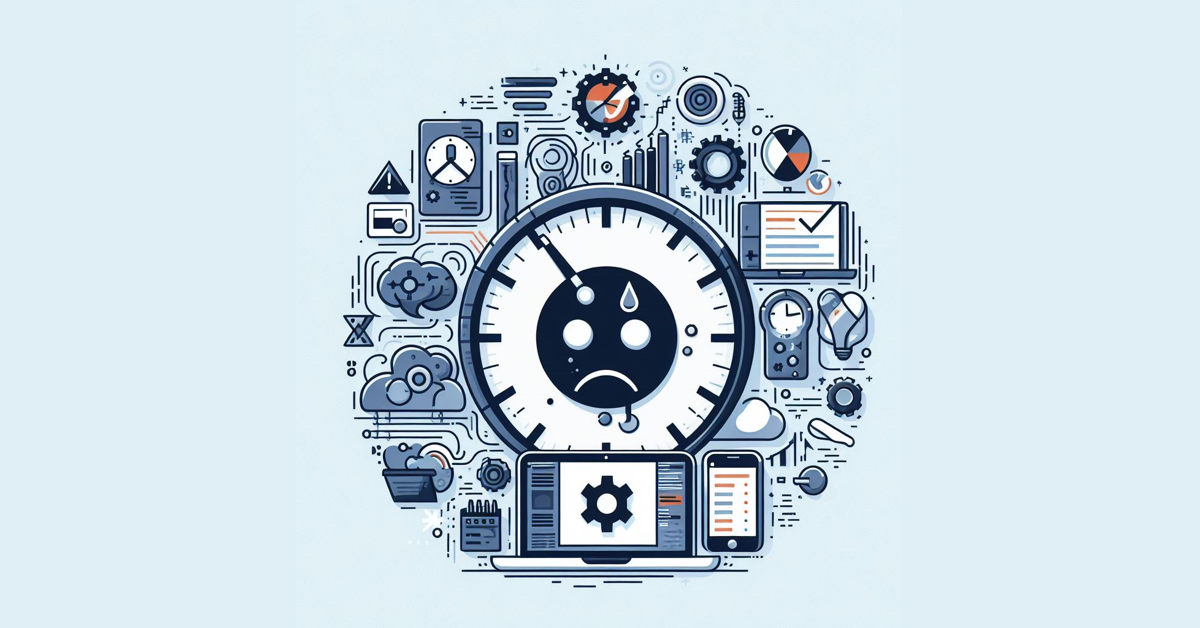Kanban, originating from Toyota’s production line in the 1940s, is a method focused on visualising work and enhancing efficiency. It’s like a digital board where tasks move from “to-do” to “done,” spreading beyond manufacturing into software development, marketing, and more. The core idea is simple: see your work, limit how much you do at once, and ensure tasks flow smoothly. In today’s fast-paced world, Kanban helps teams work smarter, communicate better, and achieve more. It’s a practical tool for streamlining workflows and boosting productivity in any field.

Understanding Kanban
Kanban is a method for managing work processes visually. Originally used in manufacturing by Toyota, it’s now widely applied in different industries. Kanban uses a board with cards or sticky notes to represent tasks and their status, making work visible and easy to track.
Principles behind Kanban
- Visualising work: Kanban makes work visible on a board, helping teams understand what needs to be done, what’s in progress, and what’s completed.
- Limiting work in progress (WIP): It advises limiting the number of tasks in progress to avoid overloading the team and to focus on completing tasks efficiently.
- Managing flow: Kanban optimises the flow of work through the system, reducing delays and delivering value faster.
- Making process policies explicit: It encourages teams to define clear rules for how work is managed, promoting consistency and collaboration.
- Improving collaboratively: Kanban fosters a culture of continuous improvement, where teams regularly review processes and experiment with changes to boost performance.
Differences from other methodologies (e.g., Agile, Scrum)
Kanban is more flexible than Agile and Scrum. It doesn’t prescribe specific roles or fixed timeframes for delivery. Instead, it adapts to existing processes and focuses on continuous delivery, visualising work, limiting WIP, managing flow, making process policies explicit, and improving collaboratively.
The Core Concepts of Kanban
Visualising the Workflow
Kanban uses boards to show tasks moving from “to-do” to “done.” This helps teams see what’s happening at each stage, making it easier to track progress and spot problems.
Limiting Work in Progress (WIP)
Kanban says don’t do too many things at once. It sets a limit on how many tasks can be worked on simultaneously. This keeps things moving smoothly and stops people from getting overwhelmed.
Managing Flow
Kanban helps keep tasks moving steadily through the process. By watching how work moves and making adjustments as needed, teams can deliver things faster and more predictably.
Making Process Policies Explicit
Kanban is about being clear on how things are done. By spelling out the rules and guidelines, everyone knows what to expect. This reduces confusion and helps everyone work together better.
Continuous Improvement
Kanban is all about getting better over time. By regularly looking at how things are going and making small changes, teams can improve how they work and deliver better results.
Implementing Kanban (e.g., Trello, Jira Software, Businessmap)
- Map Your Workflow: Understand and list out the steps involved in completing your work.
- Visualise Your Work: Create a board (digital or physical) with columns representing each step of your workflow.
- Limit Work in Progress (WIP): Set a maximum limit on how many tasks can be in progress at each step.
- Pull System: Let team members pull work into their workflow as they have capacity, instead of pushing work onto them.
- Define Workflow Policies: Clearly define rules for moving tasks from one step to another (e.g., when is a task “done”?).
- Hold Daily Check-ins: Have quick meetings to review progress, discuss any issues, and adjust the workflow as needed.
- Track Performance: Keep an eye on key metrics like how long tasks take to complete to spot areas for improvement.
- Keep Improving: Regularly review and tweak your Kanban process based on feedback and performance data.
Benefits of Kanban
Increased visibility and transparency
Kanban makes work progress visible to everyone, helping teams collaborate better and spot issues quickly. This transparency boosts teamwork and makes it easier to solve problems.
Improved efficiency and productivity
Kanban streamlines workflows by highlighting bottlenecks and preventing overload. By focusing on completing tasks and continuously improving processes, teams become more efficient and productive.
Flexibility and adaptability
Kanban’s flexible approach allows teams to adjust to changes smoothly. They can easily switch priorities, adjust workloads, and stay responsive to customer needs without disrupting the workflow. This adaptability keeps teams agile and effective in a dynamic environment.
Challenges and Best Practices
Challenges
- Resistance to Change: Team members may resist switching to Kanban from traditional methods.
- Understanding Visual Representation: Some may find it hard to grasp the visual aspect of Kanban boards.
- Enforcing WIP Limits: It’s tough to stick to limits on work in progress, especially when multitasking is the norm.
- Undefined Processes: Without clear processes, confusion can arise, leading to inefficiencies.
- Managing Complex Dependencies: Kanban struggles with tasks or projects with many interdependencies.
Best Practices
- Education and Training: Teach the team about Kanban’s benefits and principles through workshops or courses.
- Start Small: Begin with a small team or project and improve iteratively.
- Clear Visualisation: Use labels, colors, and swim lanes on the Kanban board for clear representation.
- Promote Collaboration: Hold regular meetings to discuss progress and address bottlenecks.
- Respect WIP Limits: Emphasise sticking to work limits to keep workflow smooth.
- Continuous Improvement: Encourage ongoing process refinement and experimentation.
- Flexibility: Be ready to adjust the Kanban board and processes as needed.
By tackling these challenges and following these best practices, teams can effectively use Kanban to improve workflow management and productivity.
Kanban is a powerful method for improving workflow efficiency and reaching organisational goals. By visualising work, limiting tasks in progress, and focusing on continuous improvement, teams can work smarter and achieve better results. Kanban promotes transparency, prevents bottlenecks, and allows teams to adapt quickly to changes. Despite challenges, Kanban offers significant benefits for organisations aiming to stay agile and competitive. It’s a simple yet effective approach to managing work and driving success.



